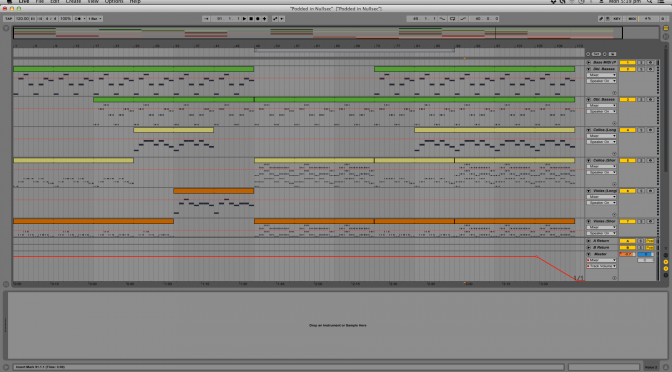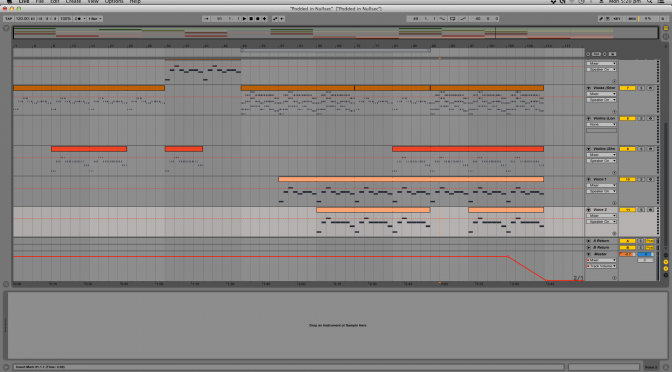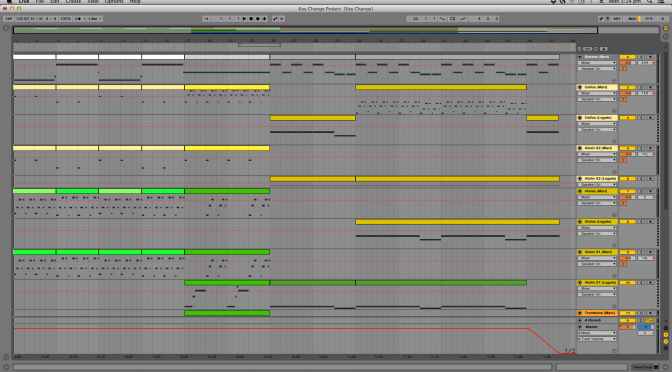Please note that the following information is based upon my own limited understanding of the subject and may be inaccurate. If you have access to a music teacher or similar, they may be able to explain the subject more completely. Since writing this post, I've learned more about this subject from the excellent Coursera course "Write Like Mozart: An Introduction to Classical Music Composition". If I get time I'll revise and add more detail (perhaps in a 2nd part).
Wikipedia defines voice leading as follows – “In musical composition, voice leading is a musical arrangement for any type of voicing where each musical note transitions to the next in a smooth, harmonious way” (Wikipedia).
I was taught to use voice leading to smooth the transitions between chords, so that the chord can be separated out into smooth “voices” which can be then used as the basis for individual instruments.
Say you have a I IV V progression in C Major. Looking at that visually (in MIDI in this case), you can see that there are quite big movements between the chords (i.e. C –F – G).
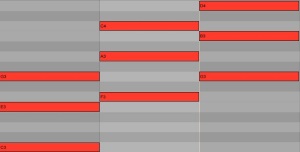
By moving some of those higher notes down an octave or lower notes up an octave (to make chord inversions) you can make the same chords but with smaller shifts, making the transitions smoother.
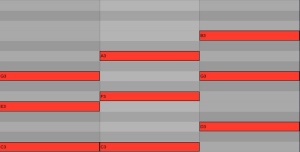
You can then separate those “voices” out and assign them to different instruments. For example, I could:
- Give the “bottom line” (C C D) to a Cello (probably move it down an octave though).
- Give the “middle line” (E F G) to a Viola
- Give the “top line” (G A B) to a Violin (probably move it up at least one octave though).
- Perhaps have another instrument playing the same as one of the others, but an octave higher or lower.
Because the lowest note you’ll be hearing won’t be the root of the chord, you will likely want another instrument to play a bass line, covering the root for each chord (C F G in this case). It may end up sounding weird if you don’t do this.
Once you’ve got the voices, you can play around with the rhythms they are playing and add complexity to it, maybe build out a melody, etc. Just as long as they are helping establish the chord by playing that chord tone at (or near (?)) the start of the bar.

